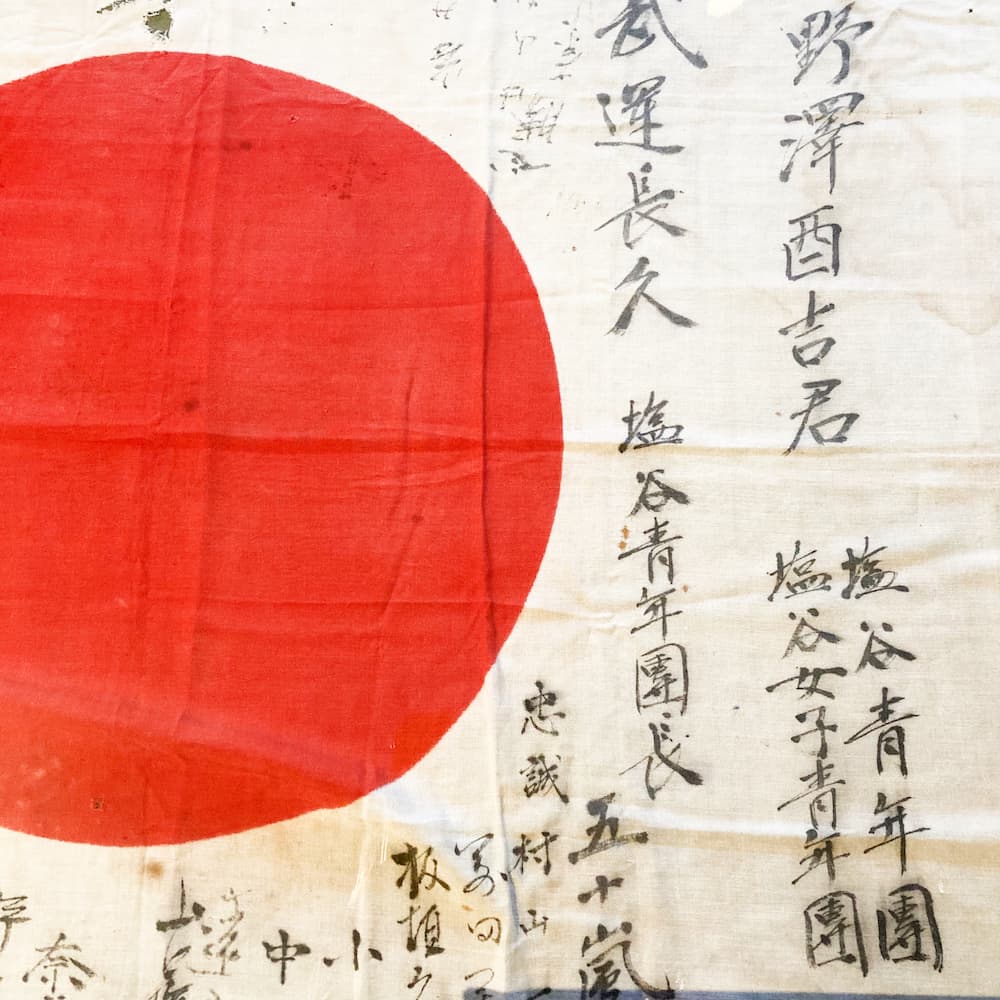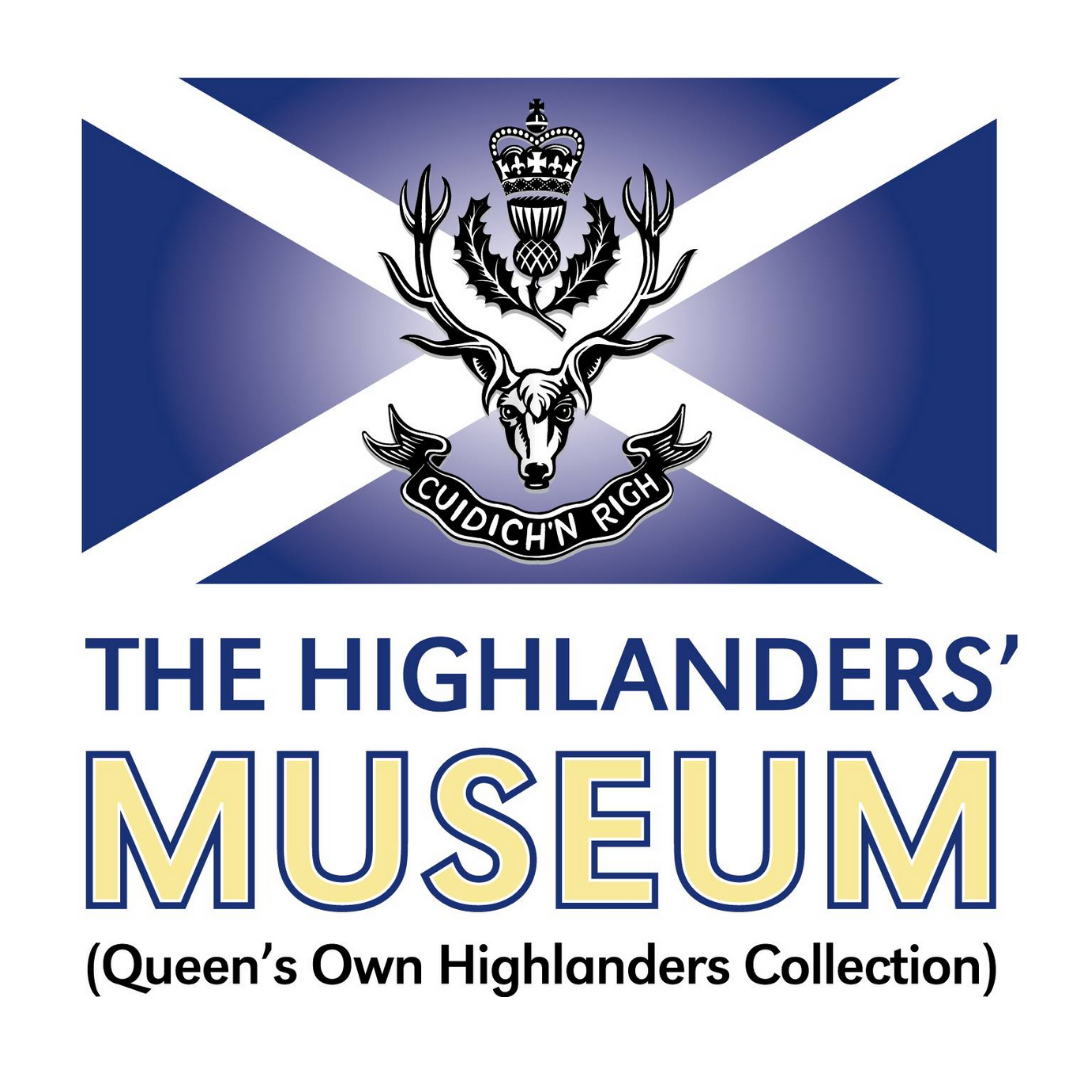SEAFORTH AND CAMERONS IN WWII
(1939 – 1945)
SEAFORTH AND CAMERONS IN WWII
(1939 – 1945)
THE REGIMENTS IN WWII…
THE REGIMENTS IN WWII…
In 1939, the 1st Battalion Seaforth Highlanders were stationed in Shanghai; they were stationed in Malaya, Singapore, and India until 1942, and then remained on the Assam-Burma border until the end of the War.
The 1st Camerons formed part of the 5th Infantry Brigade, 2nd Division of the British Expeditionary Force. On 5th December 1939, the battalion was inspected in the field by HM King George VI; he was so impressed with the regiment that they were permitted to wear a Royal blue hackle in the Balmoral bonnet. The 1st Camerons fought at La Bassée and Dunkirk, as well as in India (Kohima) and Burma.
The 2nd Camerons were initially stationed in Egypt, and when Italy entered the War in 1904, they were tasked with preventing an invasion in British North African territories. Throughout the War, they also fought in Eritrea, Libya, Italy, and Greece.
In 1939, the 1st Battalion Seaforth Highlanders were stationed in Shanghai; they were stationed in Malaya, Singapore, and India until 1942, and then remained on the Assam-Burma border until the end of the War.
The 1st Camerons formed part of the 5th Infantry Brigade, 2nd Division of the British Expeditionary Force. On 5th December 1939, the battalion was inspected in the field by HM King George VI; he was so impressed with the regiment that they were permitted to wear a Royal blue hackle in the Balmoral bonnet. The 1st Camerons fought at La Bassée and Dunkirk, as well as in India (Kohima) and Burma.
The 2nd Camerons were initially stationed in Egypt, and when Italy entered the War in 1904, they were tasked with preventing an invasion in British North African territories. Throughout the War, they also fought in Eritrea, Libya, Italy, and Greece.
51ST HIGHLAND DIVISION… …
51ST HIGHLAND DIVISION… …
The 51st (Highland) Division was created under the command of the British Expeditionary Force at the start of WWI and consisted of battalions from the Argyll and Sutherland Highlanders, Seaforths, Gordons, and Camerons. Part of the British Expeditionary Force, the 2nd Battalion Seaforth Highlanders became the regular battalion 152 (Seaforth and Cameron) Brigade in the 51st (Highland) Division. Brigades from the 4th, 5th, 6th, and 7th Seaforths were also amalgamated into the 51st Highland Division, alongside 4th and 5th Camerons.
In May 1940, the 51st Highland Division was holding positions in Abbeville, located in the in the Somme department of Norhtern France. Whilst the British Expeditionary Force was being evacuated from Dunkirk, the 51st faced an overwhelming German advance, forcing the battalion to withdraw down the southwest coast. At St Valéry-en-Caux, the 51st found itself completely cut off from its French allies and was forced to surrender on 12th June 1940.
Reforming in July 1940, the battalion became the 152 Highland Infantry Brigade, composed of 2nd Seaforth, 5th Seaforth, and 5th Camerons. They went on to fight in Egypt, Libya, Italy, France, The Netherlands, and Germany.
The 51st (Highland) Division was created under the command of the British Expeditionary Force at the start of WWI and consisted of battalions from the Argyll and Sutherland Highlanders, Seaforths, Gordons, and Camerons. Part of the British Expeditionary Force, the 2nd Battalion Seaforth Highlanders became the regular battalion 152 (Seaforth and Cameron) Brigade in the 51st (Highland) Division. Brigades from the 4th, 5th, 6th, and 7th Seaforths were also amalgamated into the 51st Highland Division, alongside 4th and 5th Camerons.
In May 1940, the 51st Highland Division was holding positions in Abbeville, located in the in the Somme department of Norhtern France. Whilst the British Expeditionary Force was being evacuated from Dunkirk, the 51st faced an overwhelming German advance, forcing the battalion to withdraw down the southwest coast. At St Valéry-en-Caux, the 51st found itself completely cut off from its French allies and was forced to surrender on 12th June 1940.
Reforming in July 1940, the battalion became the 152 Highland Infantry Brigade, composed of 2nd Seaforth, 5th Seaforth, and 5th Camerons. They went on to fight in Egypt, Libya, Italy, France, The Netherlands, and Germany.
BATTLE HONOURS & AWARDS…
BATTLE HONOURS & AWARDS…
BATTLE HONOURS
The amount of Battle Honours that were won during the World Wars was unprecedented; traditionally, Battle Honours were emblazoned on the Regimental Colours to celebrate and commemorate the battles in which the regiment fought. In both WWI and WWII, regiments fought in so many battles that 10 could be emblazoned on the King’s Colour, and up to 20 on the Queen’s Colour. Below, all the Battle Honours won by the Seaforth and Camerons are noted.
SEAFORTH BATTLE HONOURS
Ypres-Comines Canal
Somme 1940
Withdrawal to Seine
St. Valery-en-Caux
Odon, Cheux
Caen
Troarn
Mont Pincon
Quarry Hill
Falaise
Falaise Road
Dives Crossing
La Vie Crossing
Lisieux
Nederrijn
Best
Le Havre
Lower Maas
Meijel
Venlo Pocket
Ourthe
Rhineland
Reichswald
Goch
Moyland
Rhine
Uelzen
Artlenberg
North-West Europe 1940 ’44-45
El Alamein
Advance to Tripoli
Mareth
Wadi Zigzaou
Akarit
Djebel Roumana
North Africa 1942–43
Landing in Sicily
Augusta
Francoforte
Adrano
Sferro Hills
Sicily 1943
Garigliano Crossing
Anzio
Italy 1943–44
Madagascar
Middle East 1942
Imphal
Shenam Pass
Litan
Tengnoupal
Burma 1942-44
CAMERON BATTLE HONOURS
Defence of Escaut
St. Omer-La Bassée
Somme 1940
St. Valery-en-Caux
Falaise
Falaise Road
La Vie Crossing
Le Havre
Lower Maas
Venlo Pocket
Rhineland
Reichswald
Goch
Rhine
North-West Europe 1940 ’44-45
Agordat
Keren
Abyssinia 1941
Sidi Barrani
Tobruk 1941 ’42
Gubi II
Carmusa
Gazala
El Alamein
Mareth
Wadi Zigzaou
Akarit
Djebel Roumana
North Africa 1940–43
Francofonte
Adrano
Sferro Hills
Sicily 1943
Cassino
Poggio del Grillo
Gothic Line
Tavoleto
Coriano
Pian di Castello
Monte Reggiano
Rimini Line
San Marino
Italy 1944
Kohima
Relief of Kohima
Naga Village
Aradura
Shwebo
Mandalay
Ava
Irrawaddy
Mt. Popa
Burma 1944-45
BATTLE HONOURS
The amount of Battle Honours that were won during the World Wars was unprecedented; traditionally, Battle Honours were emblazoned on the Regimental Colours to celebrate and commemorate the battles in which the regiment fought. In both WWI and WWII, regiments fought in so many battles that 10 could be emblazoned on the King’s Colour, and up to 20 on the Queen’s Colour. Below, all the Battle Honours won by the Seaforth and Camerons are noted.
SEAFORTH BATTLE HONOURS
Ypres-Comines Canal
Somme 1940
Withdrawal to Seine
St. Valery-en-Caux
Odon, Cheux
Caen
Troarn
Mont Pincon
Quarry Hill
Falaise
Falaise Road
Dives Crossing
La Vie Crossing
Lisieux
Nederrijn
Best
Le Havre
Lower Maas
Meijel
Venlo Pocket
Ourthe
Rhineland
Reichswald
Goch
Moyland
Rhine
Uelzen
Artlenberg
North-West Europe 1940 ’44-45
El Alamein
Advance to Tripoli
Mareth
Wadi Zigzaou
Akarit
Djebel Roumana
North Africa 1942–43
Landing in Sicily
Augusta
Francoforte
Adrano
Sferro Hills
Sicily 1943
Garigliano Crossing
Anzio
Italy 1943–44
Madagascar
Middle East 1942
Imphal
Shenam Pass
Litan
Tengnoupal
Burma 1942-44
CAMERON BATTLE HONOURS
Defence of Escaut
St. Omer-La Bassée
Somme 1940
St. Valery-en-Caux
Falaise
Falaise Road
La Vie Crossing
Le Havre
Lower Maas
Venlo Pocket
Rhineland
Reichswald
Goch
Rhine
North-West Europe 1940 ’44-45
Agordat
Keren
Abyssinia 1941
Sidi Barrani
Tobruk 1941 ’42
Gubi II
Carmusa
Gazala
El Alamein
Mareth
Wadi Zigzaou
Akarit
Djebel Roumana
North Africa 1940–43
Francofonte
Adrano
Sferro Hills
Sicily 1943
Cassino
Poggio del Grillo
Gothic Line
Tavoleto
Coriano
Pian di Castello
Monte Reggiano
Rimini Line
San Marino
Italy 1944
Kohima
Relief of Kohima
Naga Village
Aradura
Shwebo
Mandalay
Ava
Irrawaddy
Mt. Popa
Burma 1944-45
INSIDE THE MUSEUM…
INSIDE THE MUSEUM…
The Highlanders’ Museum’s WWII room contains many items on display relating to the regiments’ experience of the War. From the most-talked-about items such as Adolf Hitler’s dispatch box, to the less-well-known objects such as a charcoal drawing of the Kohima Road, landmine markers, and Highland uniforms; there is something for everyone to discover and connect with.
The room also displays a Japanese flag, which was captured by the 1st Battalion Queen’s Own Cameron Highlanders on the Kohima Road. Following Japan’s surrender from WWI on 15th August 1945, the 1st Camerons left India for Japan as part of the British Occupational Forces. Stationed at Hiro on Shikoku Island, the battalion were responsible for dismantling military installations and suppressing black market activities. The flag is a symbol of the Highlanders’ presence and influence in suppressing Japan in the Southeast Asian Theater during WWII and acts as a symbol of their victory.

The Highlanders’ Museum’s WWII room contains many items on display relating to the regiments’ experience of the War. From the most-talked-about items such as Adolf Hitler’s dispatch box, to the less-well-known objects such as a charcoal drawing of the Kohima Road, landmine markers, and Highland uniforms; there is something for everyone to discover and connect with.
The room also displays a Japanese flag, which was captured by the 1st Battalion Queen’s Own Cameron Highlanders on the Kohima Road. Following Japan’s surrender from WWI on 15th August 1945, the 1st Camerons left India for Japan as part of the British Occupational Forces. Stationed at Hiro on Shikoku Island, the battalion were responsible for dismantling military installations and suppressing black market activities. The flag is a symbol of the Highlanders’ presence and influence in suppressing Japan in the Southeast Asian Theater during WWII and acts as a symbol of their victory.

